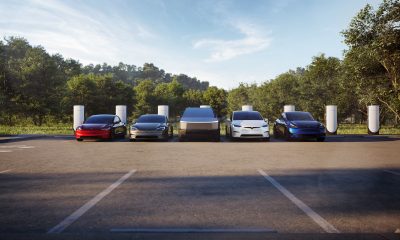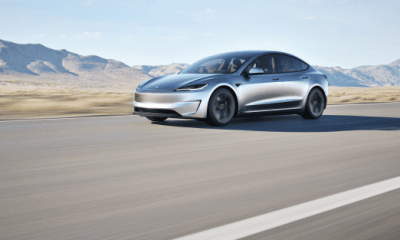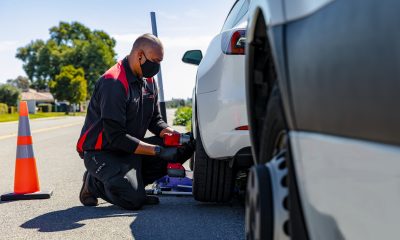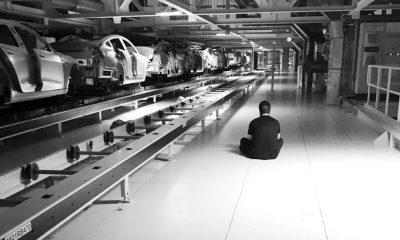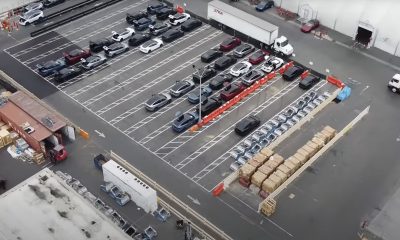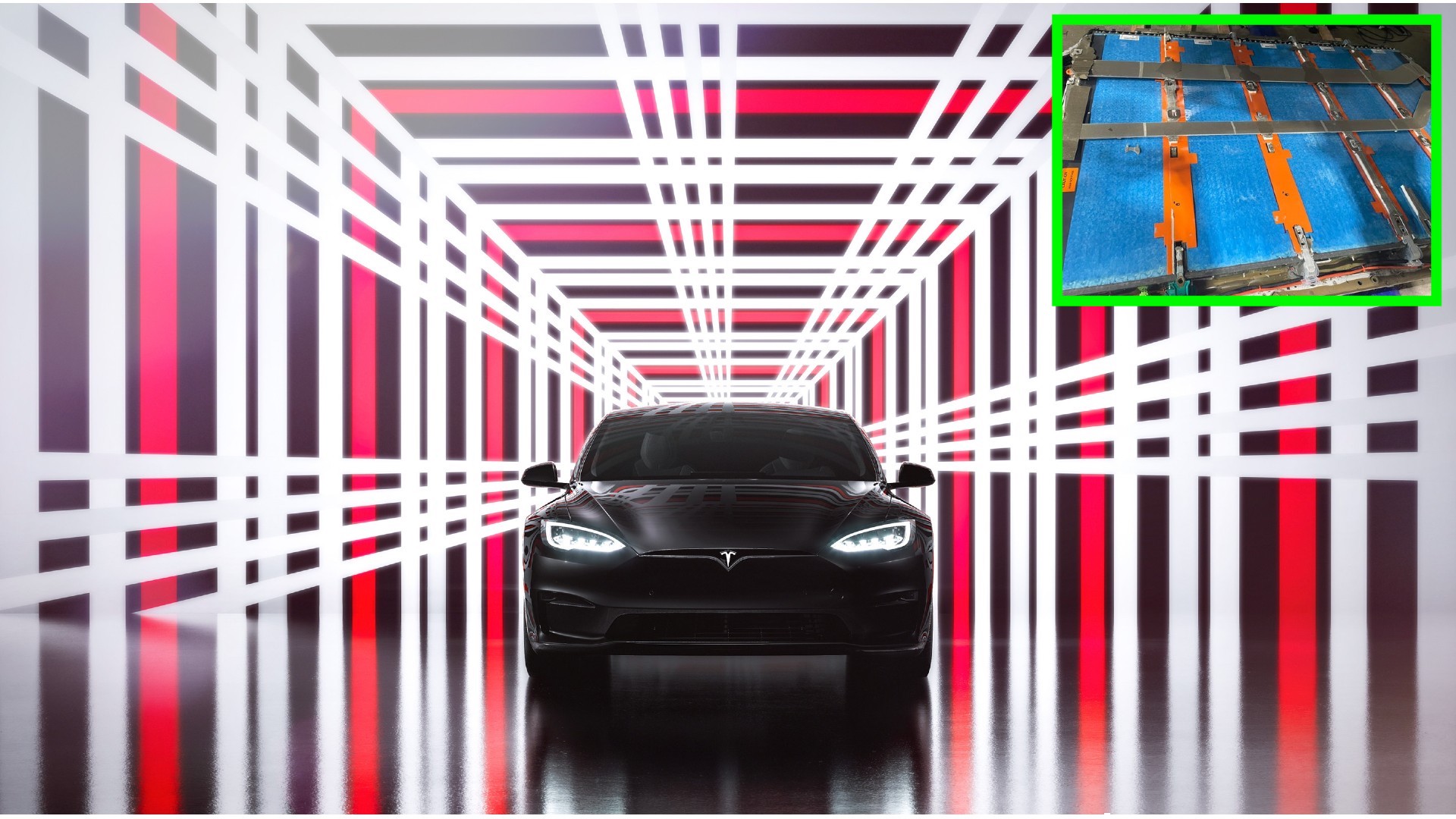
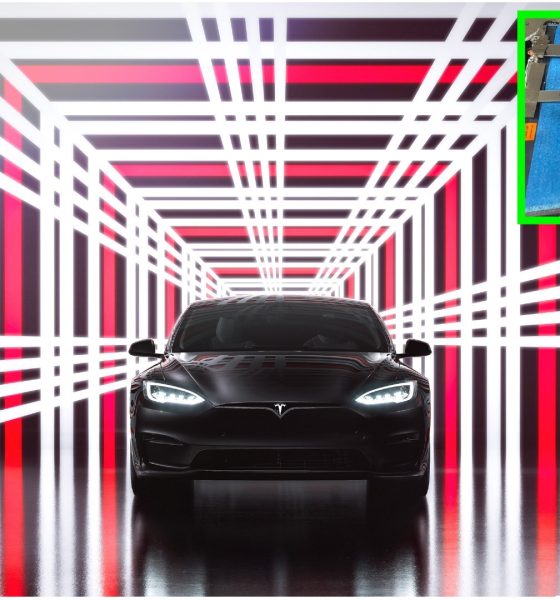
News
Tesla Model S Plaid battery pack shows that 18650 cell innovations are not over yet
A picture of the Tesla Model S Plaid’s 18650 battery pack with its modules visible was recently shared online. The image hinted that Tesla is still in the process of optimizing and innovating its 18650 battery technology, despite the cells being quite a bit long in the tooth.
Tesla is constantly trying to improve its battery technology, which has led to the development of the company’s highly-anticipated 4680 cells. The 4680 cells are expected to be used in vehicles that require a lot of power such as the Semi, Cybertruck, and new Roadster. Amidst the ongoing supply chain challenges and delays in the mass production of 4680 cells from Tesla’s Kato Road facility, however, the company noted that the Model S Plaid, its current flagship sedan, will maintain its use of 18650 batteries.
According to Redditor u/punx, who posted the picture, the Model S Plaid’s battery pack features five large modules, packed to the brim with Panasonic’s 18650 cells. The Reddit user confirmed the cells were 18650 with measurements proving they were 18mm in diameter and 65mm in length. Previous iterations of the Model S have battery packs with as many as 16 individual modules.
A decrease in the number of modules in the Model S Plaid’s battery means fewer parts for the vehicle’s pack, resulting in lower production costs for Tesla. Lowering production costs for its vehicles is a key priority for the company. At the 2021 Annual Shareholders Meeting, Elon Musk mentioned that Tesla has been making a lot of progress in cost reduction, despite the average selling price going down due to the lower prices of vehicles like the Model 3 and Model Y.
“We managed to still do decently well on a gross margin. So, you know, getting the average price down and gross margin up is very difficult,” Musk pointed out. “But we’ve managed to do that. Our goal is really to make the cars as affordable as possible.”
The Model S Plaid (and perhaps the Model X Plaid) might be the last vehicles in Tesla’s lineup that would use 18650 cells. With Tesla focusing its efforts to master the mass production of its 4680 cells — which are more powerful and cheaper to produce — it would not be a surprise if future iterations of the flagship sedan and SUV are fitted with 4680 structural batteries. The 18650 cells are showing their age, after all, as Tesla has been using them since the days of the original Roadster.
If Tesla does utilize its 4680 cells for the Model S and Model X, the vehicles would likely be equipped with nickel-based batteries. The Tesla CEO has previously explained that the supply chain goes all the way back to raw materials like lithium and nickel, which are used to develop the company’s battery cells. During the last earnings call, Elon Musk mulled over the idea of Tesla consolidating its battery offerings down to 2 or 3 form factors, one nickel-based for high-powered vehicles like the Semi and the other iron-based for mass-produced cars like the Model 3.
“So right now, we kind of have the Baskin Robbins of batteries situation, where there’s so many formats and so many chemistries, that it’s like we’ve got like 36 flavors of battery at this point,” Musk said.
“This results in an engineering drag coefficient where each variants of cell chemistry and format requires as certain amount of engineering to maintain it and troubleshoot. And this inhibits our forward progress. So it is going to be important to consolidate to maybe—ideally two form factors, maybe three, but ideally two. And then just one nickel chemistry and one iron chemistry, so we don’t have to troubleshoot so many different variants,” he said.
With Tesla likely retiring its 18650 cells in the future, the Model S Plaid’s five-module battery pack could be seen as one of the final iterations of the technology that the company quite literally used to build its empire. And considering that the 18650 cells are being used in the Model S Plaid, there is no better swan song for the humble batteries.
The Teslarati team would appreciate hearing from you. If you have any tips, reach out to me at maria@teslarati.com or via Twitter @Writer_01001101.
News
Tesla offers new feature to save battery and reduce phantom drain
While in Low Power Mode, your vehicle continues to use energy for standby functions, screen activity, and Tesla app interactions. In cold weather, available energy may drop more quickly.”
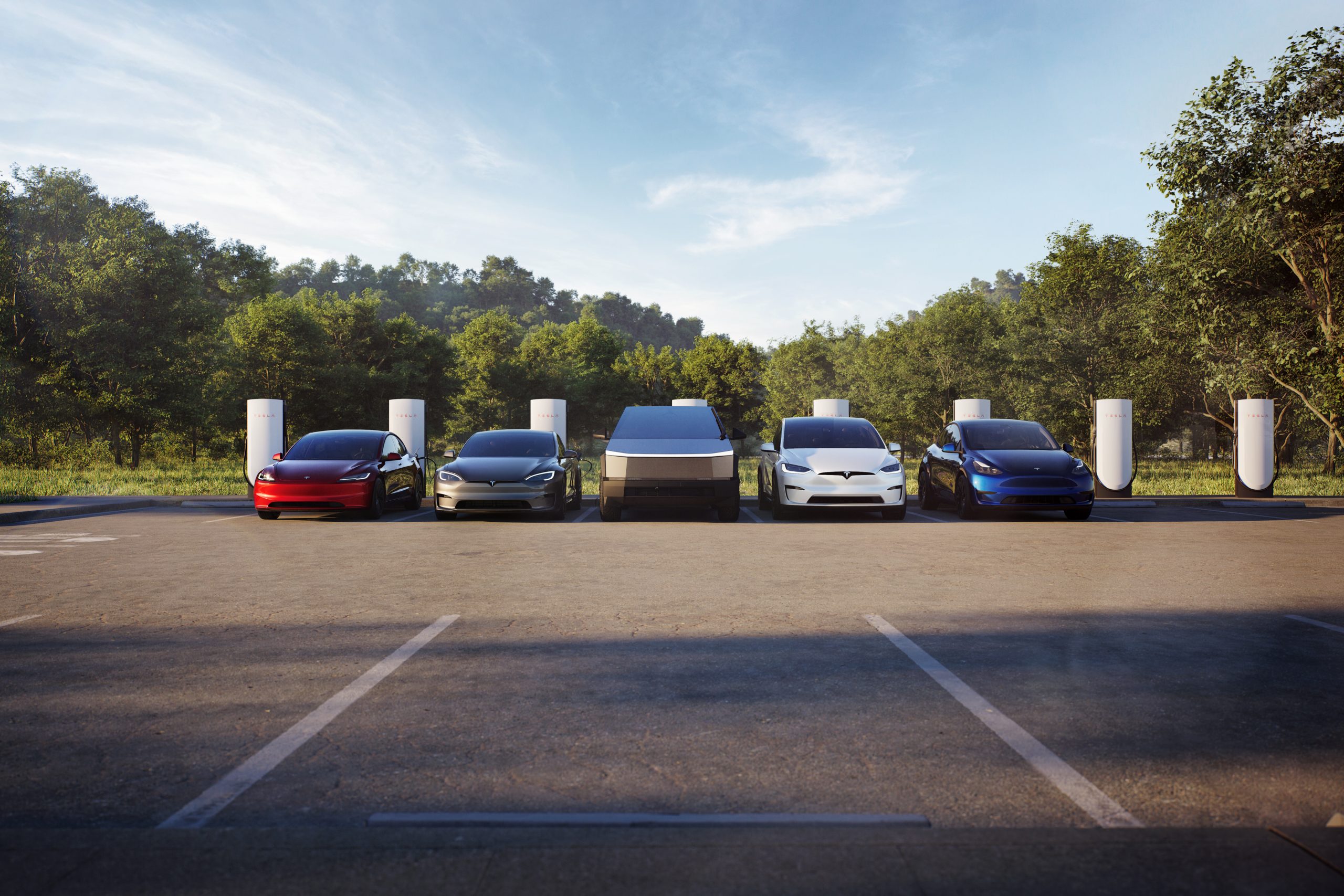
Tesla is offering a new feature to help owners save battery and reduce phantom drain, an issue that some have complained of with their cars.
While Teslas are some of the most efficient EVs on the market, they utilize energy and battery life when they’re parked to keep certain features, like Sentry Mode, Summon Standby, and others, active in preparation for potential events that occur.
Keeping these features ready to perform utilizes energy, and if your car is parked at an airport where it could be sitting stagnant for a few days, the battery percentage could start to dwindle pretty significantly.
Because of this, Tesla is rolling out a new feature called “Low Power Mode,” which will automatically disable a handful of settings to combat battery dwindling and phantom battery drain.
Tesla writes in the release notes for the feature:
“When Low Power Mode is enabled, your vehicle will conserve energy by automatically disabling the following features:
-
- Sentry Mode
- Summon Standby
- Outlets
- Keep Accessory Power On
- Keep Climate On and Camp Mode
- Scheduled Preconditioning
- Cabin Overheat Protection
While charging with Low Power Mode enabled:
-
- Sentry Mode and accessory power will remain available
- Keep Climate On and Camp Mode are only available when Supercharging
While in Low Power Mode, your vehicle continues to use energy for standby functions, screen activity, and Tesla app interactions. In cold weather, available energy may drop more quickly.”
Trying the new “low power mode” while I travel – you can enable it in vehicle controls menu->charging->low power mode or through the mobile app quick actions.
I use hands free frunk function, so I replaced the frunk quick action and enabled low power mode. 196 miles 8/23 1:30pm pic.twitter.com/E0zzXtwHmr
— Wes (@wmorrill3) August 23, 2025
This feature seemed to be a reaction to a past issue that an owner had as their Cybertruck continued to utilize energy even though the pickup was parked at an airport and the owner was in Japan. The Cybertruck had utilized a lot of energy to keep standby functions active, which left the owner in an interesting spot when they returned.
CEO Elon Musk stepped in, and it seems this feature might have been a reaction to that situation. This is an ideal thing to use if you’re looking to conserve your battery’s state of charge.
News
Tesla is bringing back something it took from the Model 3…for a price
“Modify your Model 3 by replacing the turn signal buttons on your steering wheel with turn signal stalks. This modification is included in the purchase price and is installed by a Tesla Service Center.”
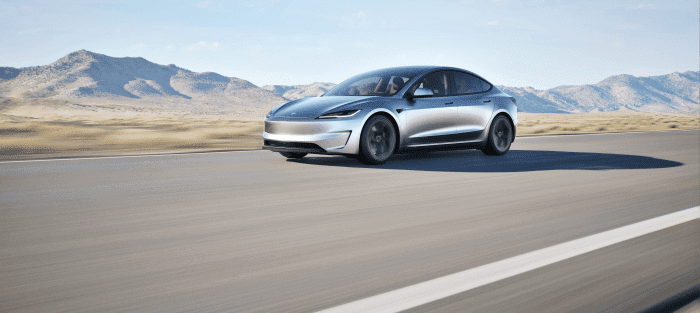
Tesla is bringing back the Model 3’s turn signal stalk in China after removing the part with the refresh of the all-electric sedan early last year.
However, it is going to cost you.
In 2024, Tesla launched the Model 3 “Highland,” a refreshed version of the vehicle that included several large-scale changes. One of the most noticeable was the lack of a turn signal stalk, something the company chose to remove and instead implement turn signal buttons on the steering wheel.
The buttons were met with mixed reviews, as some drivers complained that it was too difficult to get used to them. Others had no problem with the change, noting that it was slightly more convenient for them or that they enjoyed the minimalistic look.
Now, Tesla is offering Model 3 owners in China the opportunity to replace the stalk for a price of ¥ 2,499, or about $350:
“Modify your Model 3 by replacing the turn signal buttons on your steering wheel with turn signal stalks. This modification is included in the purchase price and is installed by a Tesla Service Center.”
Tesla notes on its website that the service is available for Model 3 vehicles without stalks manufactured after February 7, 2025. Any car without a stalk that was manufactured before that date will have the service available to them in the future.
Installation can be performed at a Service Center or by the owner. However, Tesla notes that it is not responsible for any damages resulting from self-installation and recommends that the part be put in by an employee.
The cockpit of the Tesla lineup has been under intense scrutiny by the company in recent years. After a few changes to things like the stalk, steering wheel shape, and others, Tesla has usually given drivers the chance to have things reverted back to their preferences if they want.
They did this for the Model S and Model X a few years ago after implementing the yoke steering wheel.
Tesla Steering Wheel Retrofits have started, and it’s easy to get rid of your yoke
The stalk was not supposed to be removed from the Model 3 and Model Y, but Tesla chose to do so with the refresh last year.
It seems the minimalization of the cockpit, overall, is a move that prepares drivers for autonomy, as eventually, Teslas will be void of pedals, steering wheels, and any other apparatus that are used to control the car.
News
Tesla launches new loaner program that owners will love
Tesla is now giving owners the opportunity to rent a vehicle from them, and it includes a few very attractive features that will have you second-guessing another loaner from insurance.
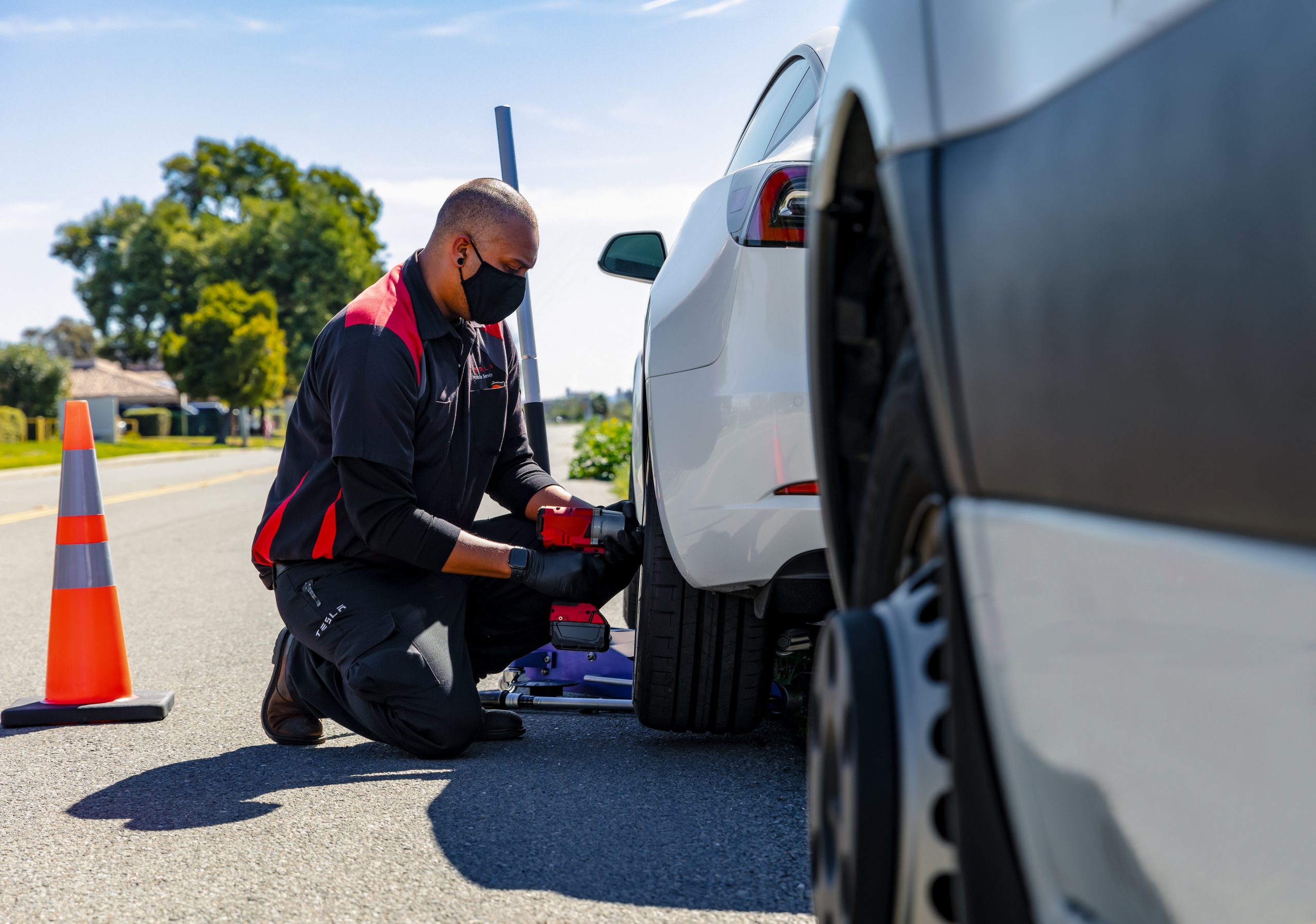
Tesla has launched a new loaner program that owners will love, as it resolves some concerns over a replacement vehicle while it is being repaired.
Earlier this week, Tesla launched the option to rent a Tesla loaner vehicle for just $45 per day if your vehicle is in Collision Repair. Collision repairs did not formerly warrant the issuance of loaner vehicles, as the insurance provider of the car owner would provide transportation arrangements.
Tesla is now giving owners the opportunity to rent a vehicle from them, and it includes a few very attractive features that will have you second-guessing another loaner from insurance.
The Tesla you rent while your car is in collision repair will come with free Full Self-Driving, free Supercharging, and free toll coverage, no small print included.
🚨 Tesla is offering loaner vehicle for $45/day if your car is in collision repair for body work.
It includes Free Full Self-Driving, Free Supercharging, and Free Tolls https://t.co/cMYxIb1MLF pic.twitter.com/n0Of4OTLvt
— TESLARATI (@Teslarati) August 18, 2025
All things considered, this is a great deal for those who require a car for transportation while their car is being repaired.
The cost of Supercharging and Full Self-Driving alone would warrant the $45 per day price tag. Add in the tolls for those who commute on turnpikes for work or are planning an extensive trip that would require it, and it truly becomes an even more attractive deal.
Tesla has done a good job at improving its Service division over the past few years, and it truly needed it. In hopes of launching an F1-style service experience, Tesla started doing away with some of its perks, including loaner vehicles for single-day visits and even Uber credits.
Tesla’s ‘F1’ Service strategy eliminates same-day loaner vehicles, Uber credits
However, it has listened to the complaints of its owners and tried to cater an experience that is more advantageous and less of a hassle. It’s already made tremendous steps in the past few years, and this is the icing on the cake.
-
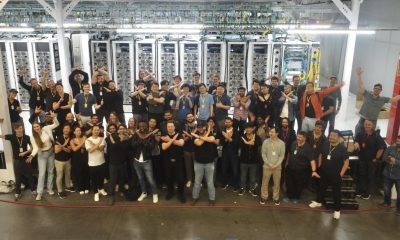
 Elon Musk2 days ago
Elon Musk2 days agoElon Musk takes aim at Bill Gates’ Microsoft with new AI venture “Macrohard”
-

 News2 weeks ago
News2 weeks agoElon Musk reaffirms Tesla Semi mass production in 2026
-
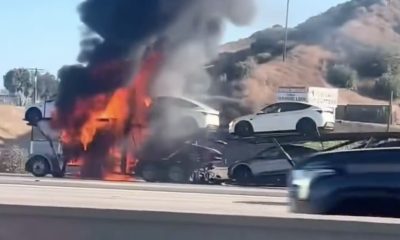
 News6 days ago
News6 days agoTesla clarifies LA car carrier fire started in diesel semi, not EV batteries
-
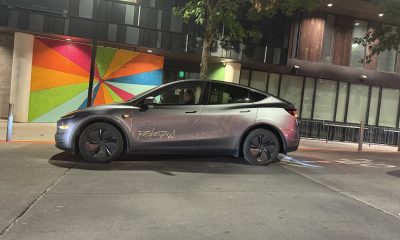
 Elon Musk2 weeks ago
Elon Musk2 weeks agoTesla CEO Elon Musk confirms Robotaxi is opening to the public: here’s when
-
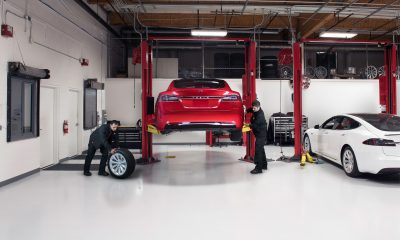
 Elon Musk2 weeks ago
Elon Musk2 weeks agoElon Musk is stepping up for Tesla Service in a big way
-
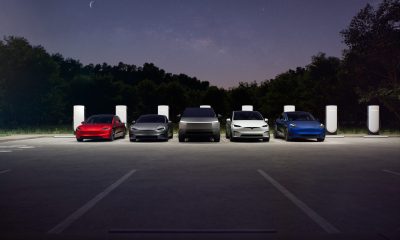
 Elon Musk2 weeks ago
Elon Musk2 weeks agoTesla warns consumers of huge, time-sensitive change coming soon
-
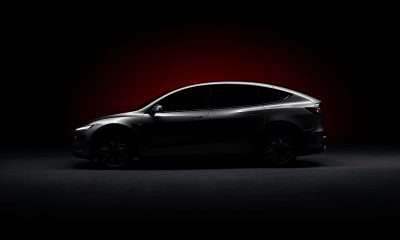
 News2 weeks ago
News2 weeks agoTesla Model Y L spotted in Europe ahead of expected September China launch
-
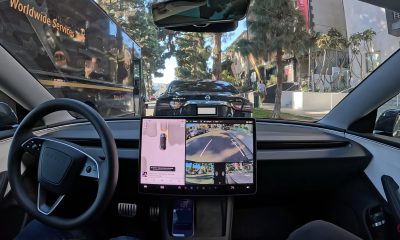
 News2 weeks ago
News2 weeks agoTesla FSD V14 gets tentative release date


